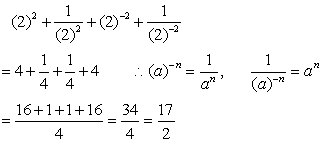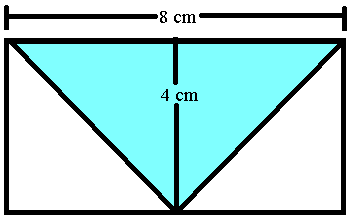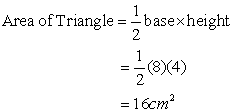Page: 1 | 2 | 3
Choose the correct answer from the given options. Find answers and solutions to the questions at the bottom of the page.
11. What are values of  and y in the following pair of equations
and y in the following pair of equations
 (A)
(A)  and
and 
(B) and
and 
(C) and
and 
(D) and
and 
(B)
(C)
(D)
12. What is the volume of the cylinder given below, where radius and height of the cylinder is given in centimeters
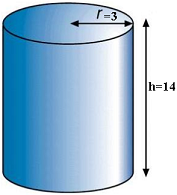 (A) 384 cm3
(A) 384 cm3
(B) 388 cm3
(C) 392 cm3
(D) 396 cm3
 (A) 384 cm3
(A) 384 cm3(B) 388 cm3
(C) 392 cm3
(D) 396 cm3
13. What is the geometric mean of the numbers: 2, 4 and 8?
(A) 3
(B) 4
(C) 5
(D) 6
(A) 3
(B) 4
(C) 5
(D) 6
14. What is the 71st term of the sequence: 4, 7, 10, 13, …. ?
(A) 214
(B) 216
(C) 218
(D) 220
(A) 214
(B) 216
(C) 218
(D) 220
15. What is the sum of the sequence: 5, 10, 15, …., 5000 ?
(A) 250,2200
(B) 250,2300
(C) 250,2400
(D) 250,2500
(A) 250,2200
(B) 250,2300
(C) 250,2400
(D) 250,2500
ANSWERS: NTS QUANTITATIVE PRACTICE
11(C) 12(D) 13(B) 14(A) 15(D)
11(C) 12(D) 13(B) 14(A) 15(D)
SOLUTIONS: NTS QUANTITATIVE PRACTICE
11. (C)
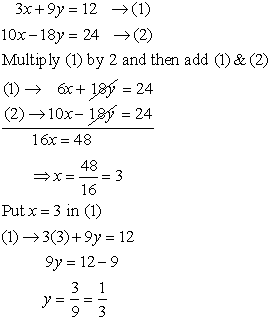

12. (D) The formula for calculating volume of a right-circular cylinder is  . Thus,
. Thus,


13. (B) By applying formula for calculating geometric mean, we have
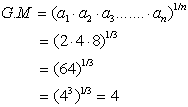

14. (A) This is an arithmetic sequence with common difference 3, and the first term is 4. By applying, formula for finding the nth term of an arithmetic sequence we have






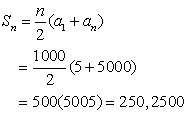 NOTE: There are 1000 terms from 5 to 5000, so n = 1000.
NOTE: There are 1000 terms from 5 to 5000, so n = 1000.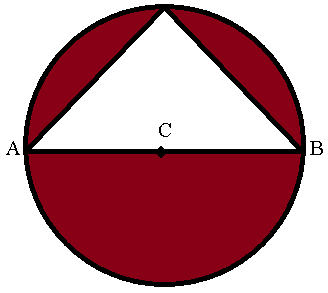 What is the area of the shaded region (region in maroon colour)?
What is the area of the shaded region (region in maroon colour)?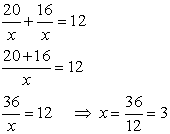
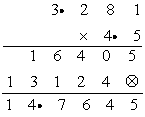 3.281 ⇒ three digits after decimal
3.281 ⇒ three digits after decimal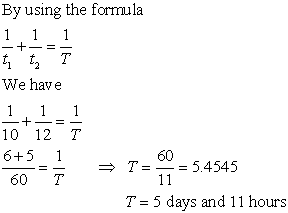
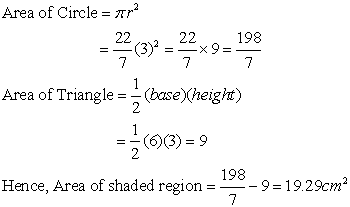
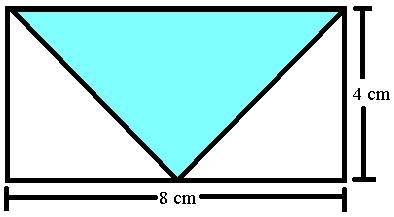 (A) 16 cm2
(A) 16 cm2